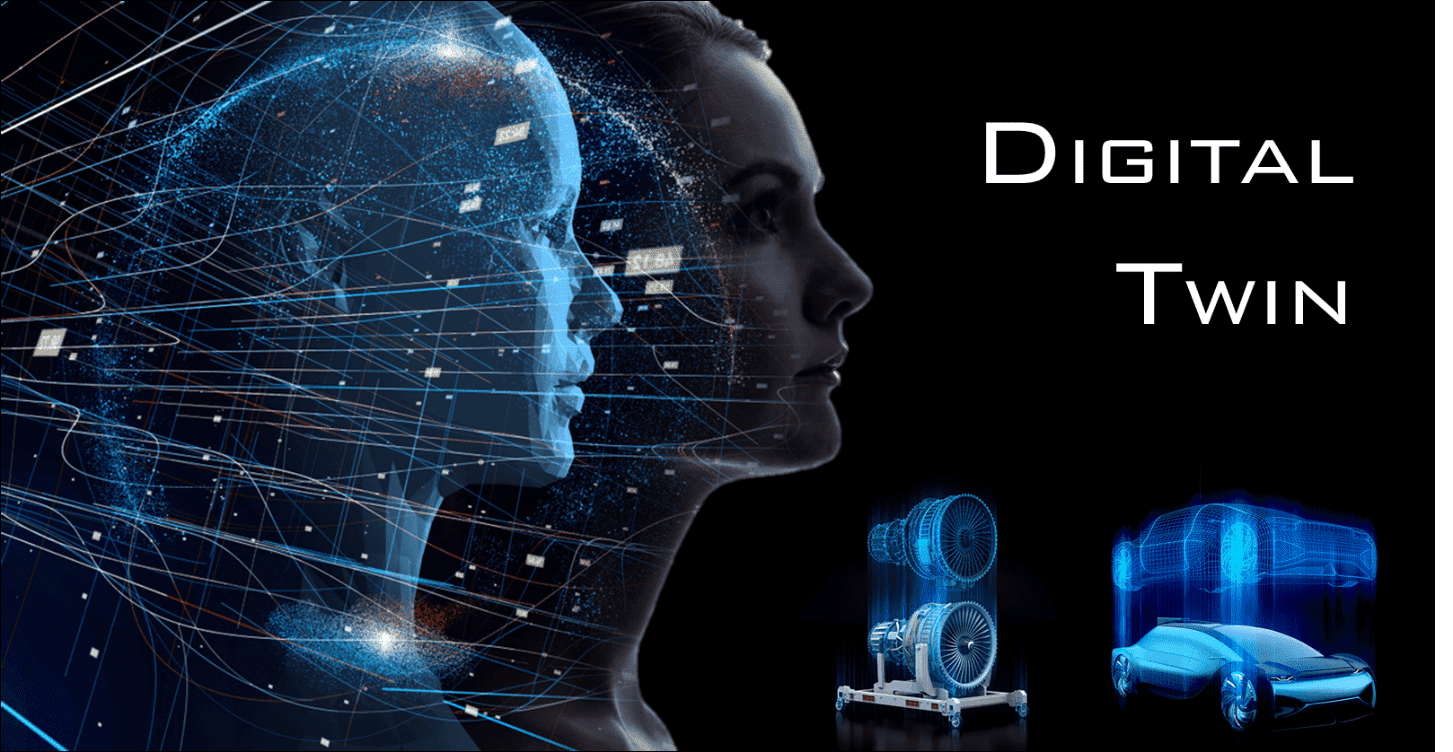Introduction
Digital twins have emerged as a fascinating concept in recent years, capturing the imagination of professionals and innovators across various industries. These virtual, 3D duplicates of real-world assets have gained significant attention due to their potential applications. The ability to track, monitor, and manipulate assets through software has paved the way for a multitude of benefits and opportunities. In this article, we’ll delve deeper into the concept of digital twins, exploring their applications and the profound impact they are having on industries such as manufacturing, construction, supply chain management, and even healthcare.
The Concept of Digital Twins
At its core, a digital twin is a virtual replica of a physical asset or system. It encompasses the asset’s physical characteristics, behavior, and performance, offering a comprehensive view of the real-world counterpart. The magic happens when real-time data from sensors or other sources is collected and integrated, providing a dynamic and constantly updated representation of the asset. This real-time feedback loop is what makes digital twins so powerful, enabling real-world analysis, simulation, and optimization.
Applications in Manufacturing
The manufacturing industry stands as one of the early adopters of digital twins. By creating virtual replicas of production lines, manufacturers can gain unprecedented insights into their operations. Real-time monitoring and analysis of these digital twins allow them to identify bottlenecks, predict maintenance needs, and optimize their processes. The result is reduced downtime, improved efficiency, and ultimately, cost savings. Digital twins also offer the perfect sandbox for testing new production processes and refining existing ones without risking any physical assets.
For example, General Electric is using digital twins to improve the performance of its jet engines.
Advancements in Construction
Digital twins are revolutionizing the construction industry, reshaping the way projects are planned, designed, and managed. By creating digital replicas of construction sites, architects and engineers can simulate a myriad of scenarios, foresee potential issues, and optimize workflows well before the first brick is laid. This technology fosters better collaboration among stakeholders, leading to improved project outcomes and significant cost savings. Construction projects can stay on time and within budget, thanks to the insights provided by these virtual twins.
For example, Autodesk is using digital twins to help build the new T3 terminal at Heathrow Airport.
Optimizing the Supply Chain
The supply chain industry is also experiencing a digital twin renaissance. By creating digital twins of warehouses, distribution centers, and transportation networks, companies can achieve unprecedented levels of visibility and control over their operations. With real-time data, they can track inventory levels, monitor shipping routes, and optimize logistics to maximize efficiency and minimize costs. Customer satisfaction receives a substantial boost as operations become more responsive and adaptable to ever-changing market demands.
For example, Walmart is using digital twins to improve the efficiency of its distribution centers.
Healthcare and Digital Twins
In the healthcare industry, digital twins are paving the way for personalized medicine and revolutionizing patient care. By creating digital replicas of patients, doctors can simulate various treatment options, allowing for personalized treatment plans tailored to an individual’s unique characteristics. This technology holds tremendous promise in diagnostics, treatment planning, and patient care. It not only improves the accuracy of treatment decisions but also enhances patient outcomes and experiences.
For example, the Mayo Clinic is using digital twins to help treat patients with complex diseases.
The Future of Digital Twins
The use of digital twins is expected to grow rapidly in the coming years, as technology continues to advance and become more accessible. Digital twin technology is still in its early stages of development, but it has the potential to revolutionize many industries. We can expect to see even more innovative and impactful applications of digital twins in the years to come.
Additional information
- Digital twins are not just for physical assets. They can also be used to create digital twins of processes, systems, and even cities.
- Digital twins are becoming increasingly sophisticated and interconnected. This is enabling new and innovative applications, such as predictive maintenance and personalized healthcare.
- The use of digital twins is expected to have a significant impact on the global economy. A recent study by McKinsey estimates that digital twins could generate up to $11.1 trillion in annual global economic value by 2025.
Conclusion
The growing interest in digital twins is driven by their potential to revolutionize a wide range of industries. From manufacturing to construction, supply chain management to healthcare, digital twins offer new and exciting possibilities for optimization, cost savings, and improved outcomes. These virtual counterparts are no longer confined to a science fiction concept but are actively shaping the present and future of various sectors.
As technology continues to advance at an unprecedented pace, we can expect to witness even more innovative applications of digital twins. Whether it’s in the field of predictive maintenance, project planning, logistics, or personalized healthcare, digital twins are proving to be a game-changer. They are facilitating a more efficient, responsive, and intelligent approach to managing assets and systems, promising a future where industries can thrive in an increasingly competitive and dynamic world. Digital twins are not just a concept; they are a reality, and their potential is only beginning to be tapped.
Digital twins are a powerful technology with the potential to transform the way we live and work. As technology continues to develop, we can expect to see digital twins play an increasingly important role in our world.
